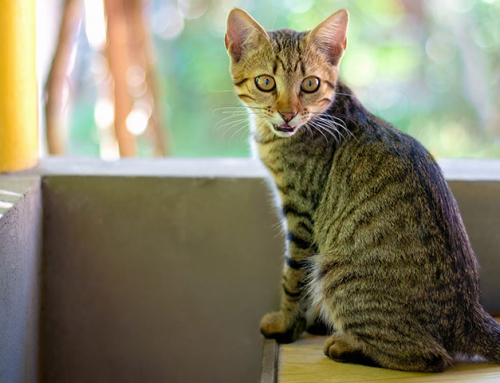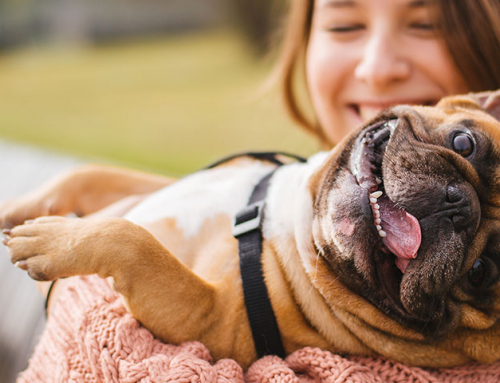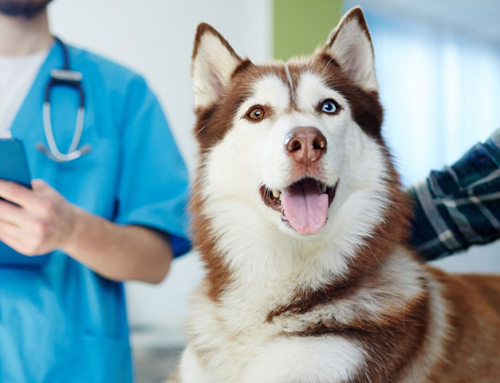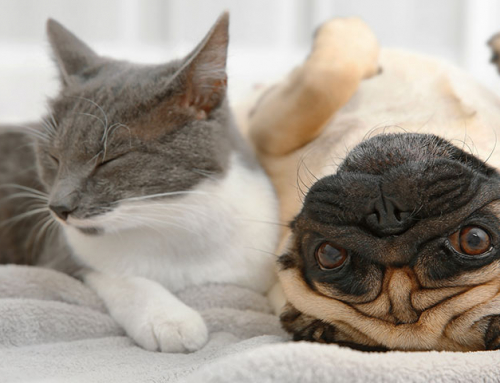Diabetes comes with a variety of unfortunate possible complications. One such manifestation is the formation of cataracts which when mature result in blindness. Many diabetic dogs develop cataracts, often bilaterally. Luckily, cataracts occur less commonly in diabetic cats.
The cause of cataracts in diabetics is due to the excess sugar in the fluids that bathe the lens of the eye. The excess sugar causes osmotic changes which result in opacification of the lens. The rest of the eye typically works just fine, but the pet goes blind because it cannot see through the lens. Secondarily, the lens of a mature cataract can induce inflammation (called uveitis) which results in a red painful eye. Your veterinarian will likely prescribe anti-inflammatory medications if your pet develops uveitis.
Ideally you will seek consultation with a veterinary ophthalmologist before the cataract becomes mature, although the speed of cataract development changes from patient to patient. Diabetic cataract formation can be quite abrupt and rapid in some dogs, even those whose diabetes is well controlled. Unfortunately, there is at present little that can be medically done to prevent cataract formation in diabetics. There is hope on the horizon with eye drops that can slow the occurrence of cataracts in diabetic dogs who have no cataracts or very early cataracts, but there is nothing as yet that is FDA approved for this.
Surgery is the only treatment available at present. The best treatment option to remove a cataract at present is called phacoemulsification. This involves breaking up the cataract ultrasonically with a small probe and then vacuuming it from the eye. It is ideal to do this PRIOR to any inflammation (uveitis) present in the eye as the outcome is significantly improved if there is no uveitis. The veterinary ophthalmologist can also put in an artificial replacement lens. The ophthalmologist will have you work with your regular veterinarian to get your pet under the best diabetic control as possible before proceeding with the surgery.
The take home message is this: If your diabetic pet forms cataracts, speak with your family veterinarian about possible referral to a veterinary ophthalmologist. It may not be financially feasible for some people to have their pet’s cataracts removed, but for those who chose this option, the long-term prognosis is better for those who act early than for those pets with advanced cataracts who develop uveitis. Even if you are unable to proceed to surgery, be on the lookout for any discomfort or redness or cloudiness of your diabetic pet’s eye. It could be a sign of uveitis and should be treated promptly. Always consult your veterinarian if you have any questions or concerns.
NOTE: Consult your veterinarian to confirm that my recommendations are applicable for the health needs of your pet.






Leave A Comment